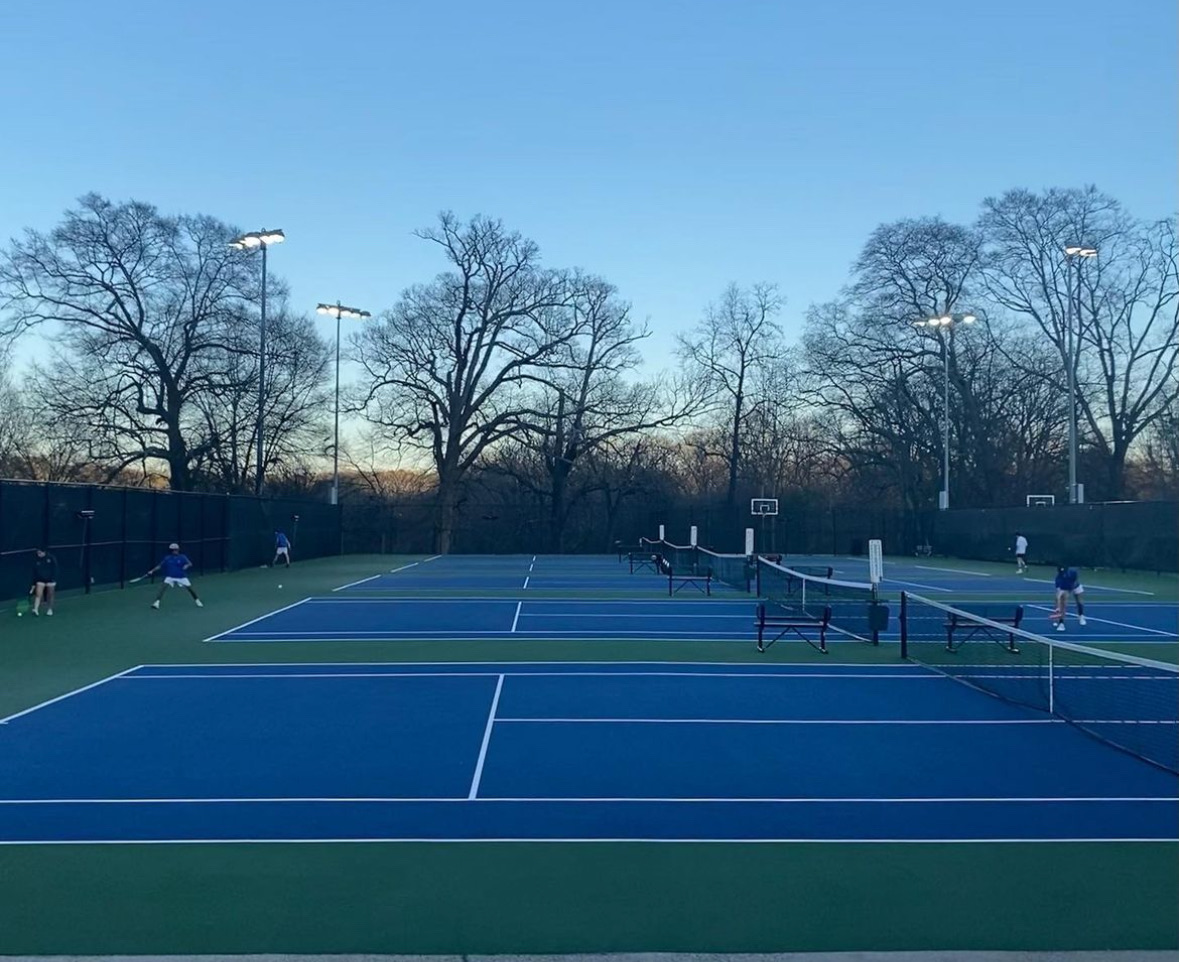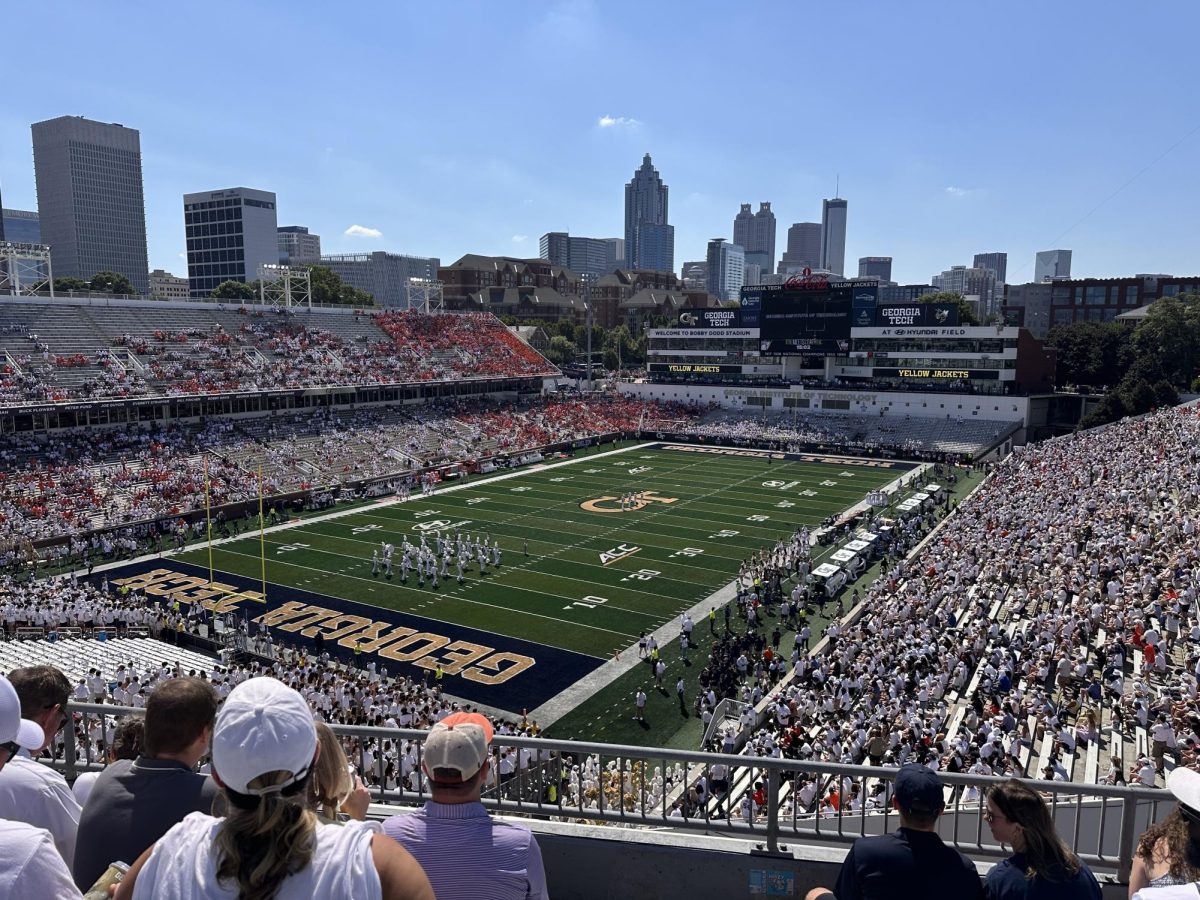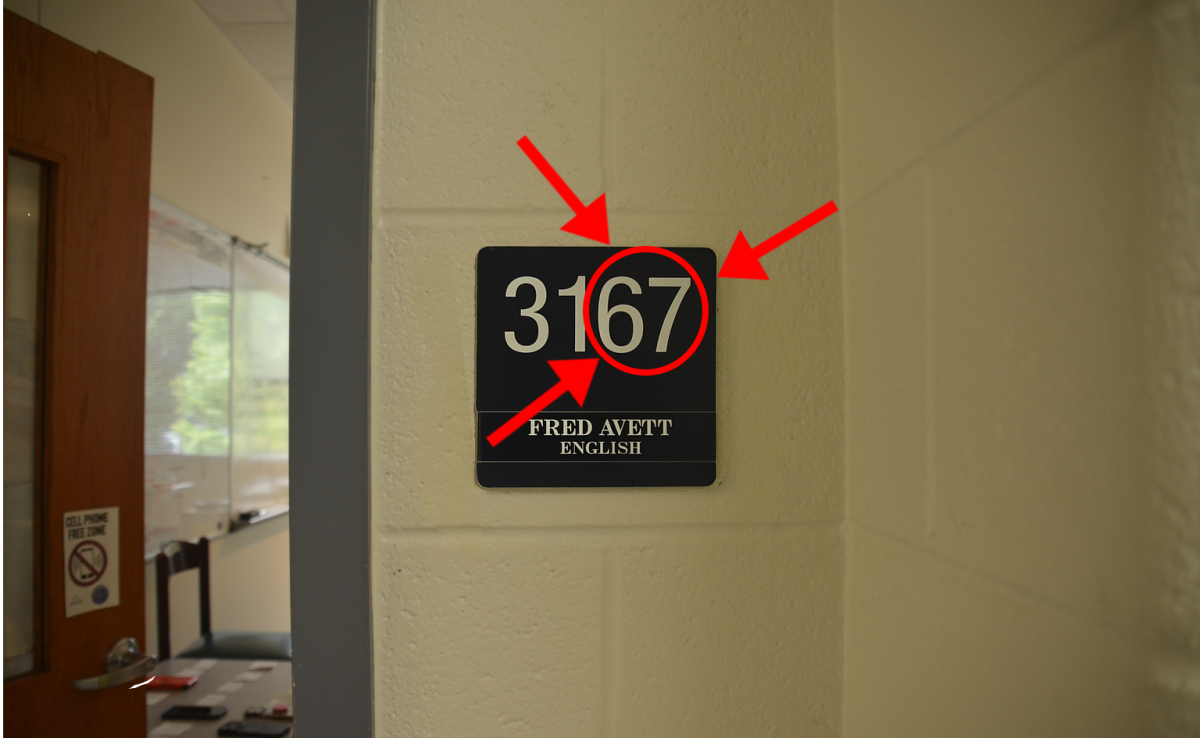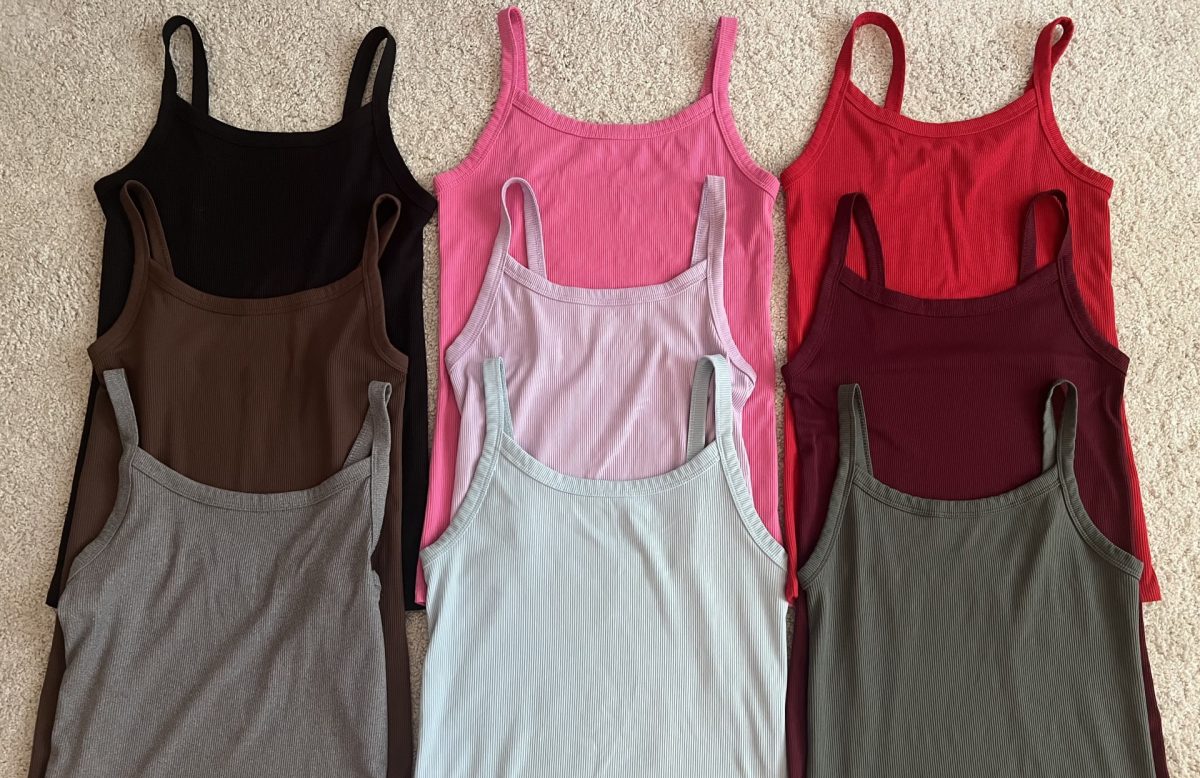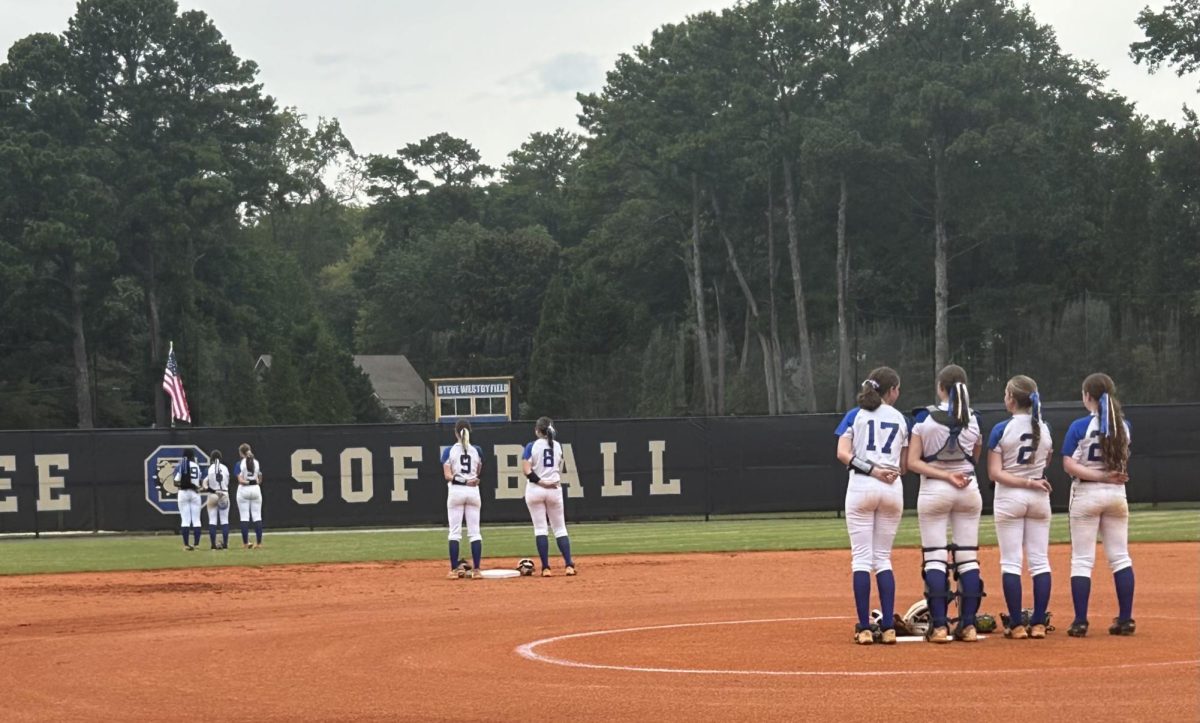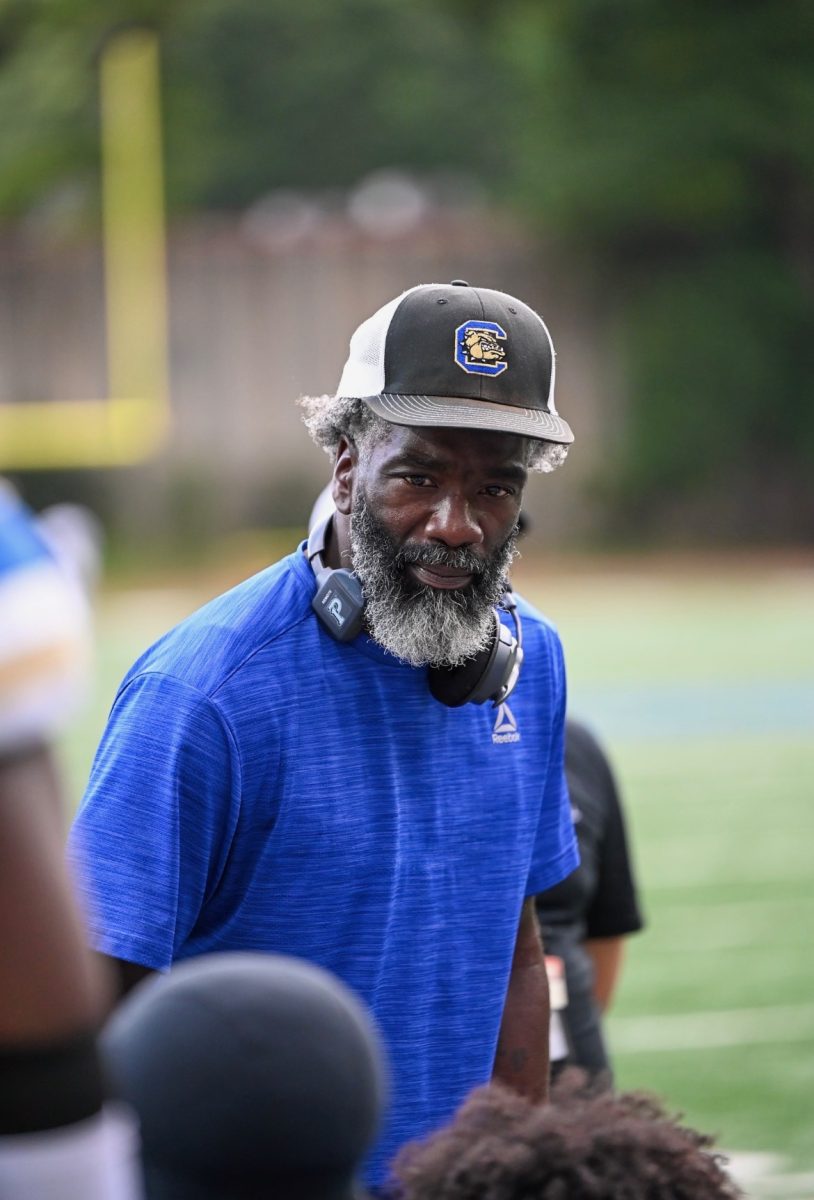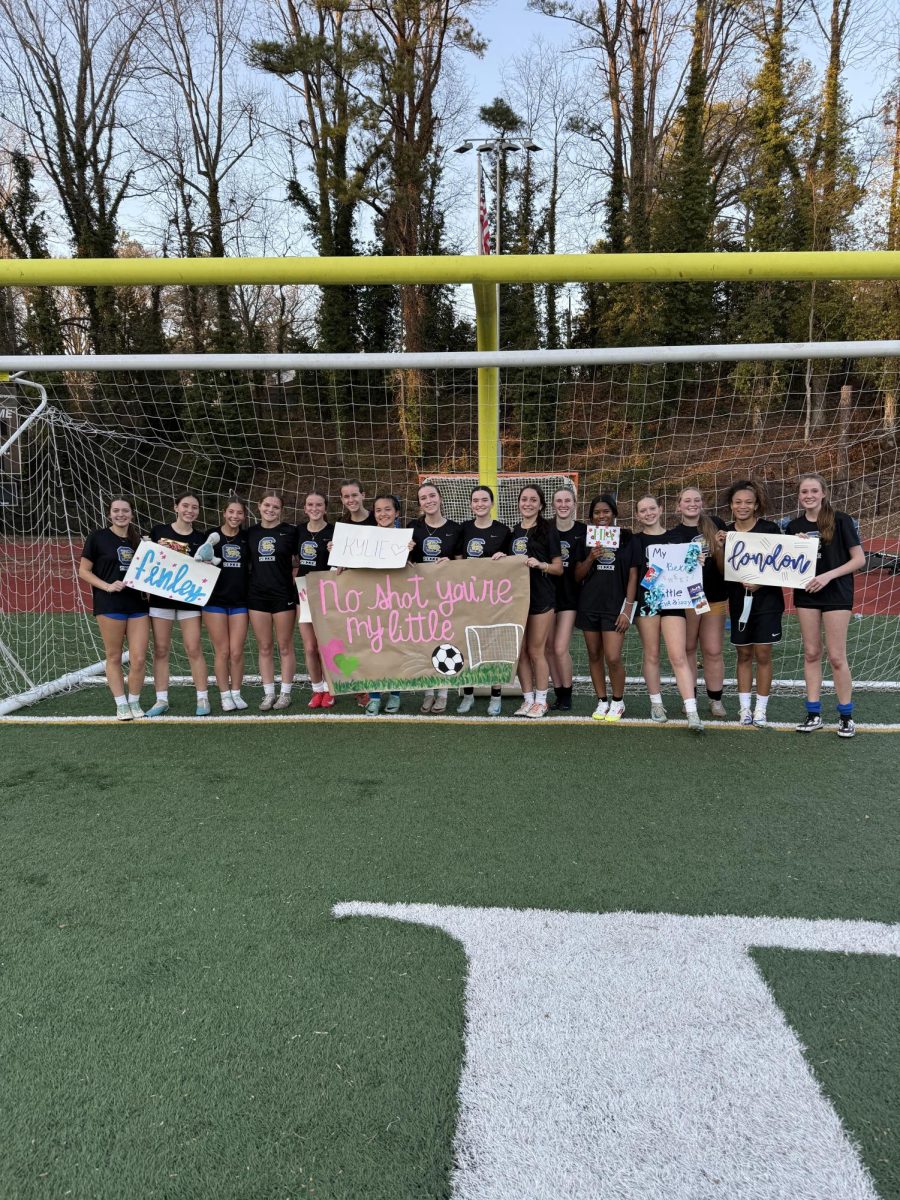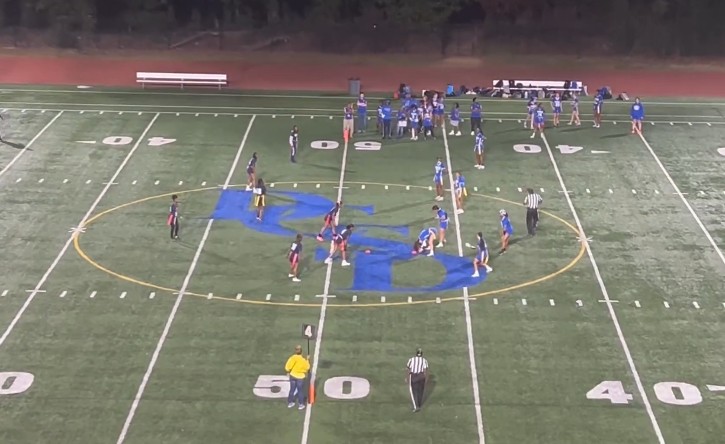Tennis, usually played solo or with a partner, is not typically a team sport. However, in high school, matches impact each high school team’s placement. Chamblee High School’s boys’ tennis team has a history of placing in Georgia’s state finals. This playoff run, they are hoping to continue this trend.
“This year, our team is looking good, and I am hoping we make it to the playoffs because we have a lot of good players,” said Owen Flake (‘27).
Offseason preparation for Chamblee tennis mainly consists of playing other sports.
“Normally, Chamblee tennis doesn’t do anything in the offseason tennis wise, but I run cross country in the offseason. Almost everyone else, especially varsity players, play year-round tennis for their club, so everyone’s coming into the season ready to go,” said Gunnar Hagen (‘24).
Chamblee’s tennis schedule started last week.
“Chamblee’s first match was this week, and then we’re playing through mid to late March,” said Kayin Coaxum (‘25).
The tennis schedule hosts two practices and two matches a week.
“Chamblee tennis has practices from 3:45 to 5:15 every Monday and Wednesday, and matches until five or six on Tuesdays and Thursdays. We usually try to play the best opposing teams possible in the regular season to prepare for the playoffs, and we have to play everyone in our region to qualify for state playoffs,” said Hagen.
State playoffs are designed to put schools with opponents they do not typically face.
“State playoffs start with 64 teams and schools are matched according to their ranking with teams in similar regions on opposite sides of the bracket. For instance, if we finish first in our region, we would be the top qualifying team for our region. Then, we would play against the last qualifying team from another region, and whichever team wins moves on until only one team remains,” said Hagen.
Then, whichever team wins the best out of five matches progresses to the next round of the tournament.
“There are five separate matches, three singles and two doubles matches, that we play against every school. Whichever school wins the best out of five wins the school match,” said William Hackney (‘25).
Varsity and junior varsity (JV) mainly differ in experience and skill level.
“I would say the difference between varsity and JV is usually a combination of age and experience. People on varsity usually have been playing tennis matches and tournaments longer than players on JV. Also, I would say the skill difference between people on varsity is usually not that large, but the skill difference between varsity and JV is usually pretty large,” said Hagen.
For this season to be successful, there are a few things the team needs to work on to ensure this outcome.
“To play well this season, we need to be consistent in practice and together as a team. We’re all trying our best to do our best no matter what circumstances may happen, and having a strong team chemistry helps that,” said Coaxum.
Attitude and mindset are some of the important parts of playing tennis.
Flake said, “I think if everyone has a good attitude and doesn’t give up, we will have a great season.”

